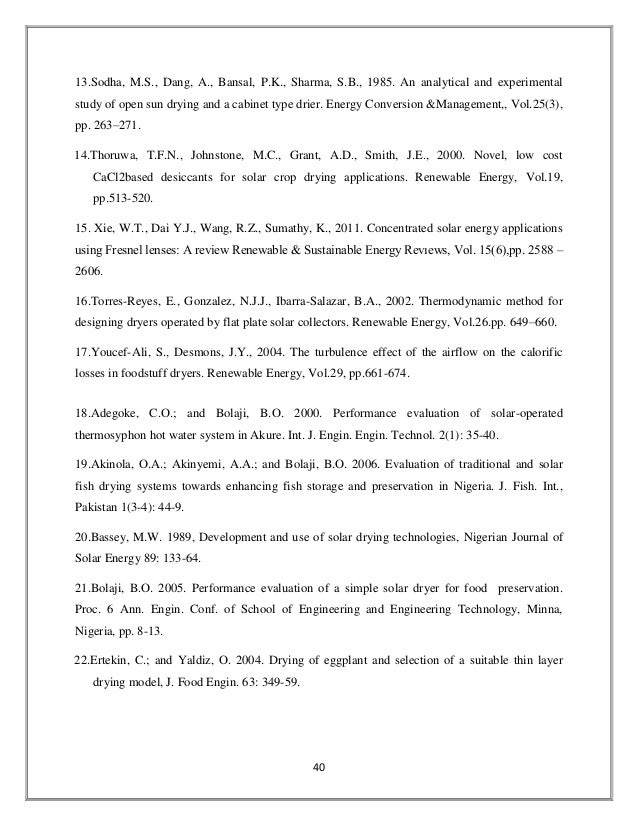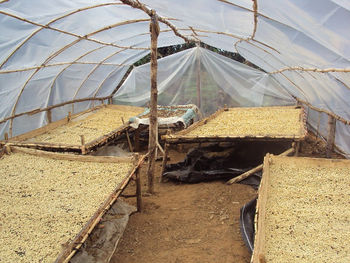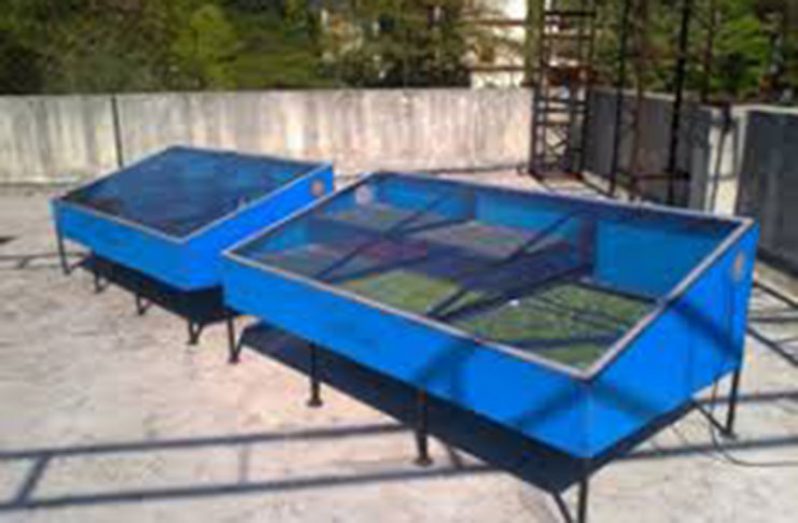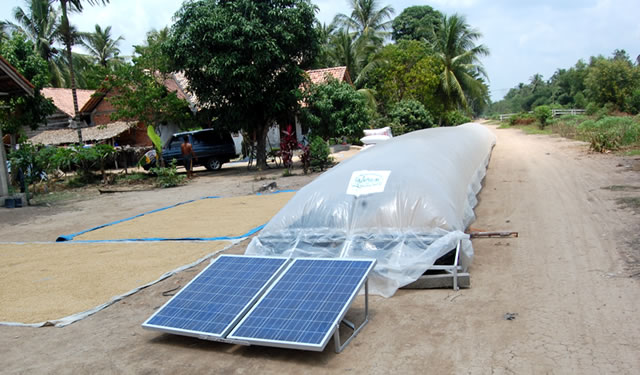Solar greenhouse dryers are available in different size and design and are used for drying various crops and.
What are the advantages and disadvantages of solar crop dryers.
1 easy to assemble 2 cheap available materials can be used 3 simple to operate maintain and control and 4 light in weight.
Timber can be dried to any desired low moisture content by conventional or solar kiln drying but in air drying moisture contents of less than 18 are difficult to attain for most locations 2.
Direct solar drying has some disadvantages concerning both quality and quantity due to losses attacks by insects etc thus in recent years direct sun drying is replaced by mechanical dryers heated indirectly by solar energy.
1 a flat plate air heater and 2 a drying chamber.
However this requires a great deal of management in maintaining the equipment and monitoring when the grain needs to be move from one dryer to the next and it also increases the grain handling that s needed.
Pankaew abstract this paper presents experimental performance and modeling of a greenhouse solar dryer for drying macadamia nuts.
Greenhouse solar dryer for drying macadamia nuts.
More sophisticated solar dryers protect grain and fruit reduce losses dry faster and more uniformly and produce a better quality product than open air methods.
Its advantages are you have increased drying rate overall and drying capacity and increased energy efficiency.
A solar dryer in which solar energy collection and drying take place in separate units is known as a distributed solar dryer.
Relative advantages and disadvantages of cabinet type direct solar dryers are.
Solar dryers in parabolic domes allows water to run along the walls no contamination of goods by water better product quality color skin taste better prices due to better quality higher affordability level better payback power of farmers.
Advantages of solar dryers.
Less risk of spoilage because of the speed of drying.
1 color deterioration of green fruit during dehydration and 2 decomposition of residual chlorophyll in the tissue under direct solar radiation.
In hot arid climates the collector may not even be necessary.
The basic components of a solar dryer are an enclosure or shed screened drying trays or racks and a solar collector.
The product is protected against flies pests rain and dust.
Drying is faster because inside the dryer it is warmer than outside.
If the drying process is slow the fruit start to ferment and the product is spoilt.
Air is heated in the flat plate heater placed on the roof of the building or on the ground.
This technique changed very little from its early.
The dryer consists of a parabolic roof structure covered polycarbonate sheets on a concrete floor.
This type of solar dryer has two parts.
Advantages and disadvantages of direct solar drying.












































